Why Better Care Policies Matter for Gender Equality and the Economy
This International Women’s Day, we’re looking at the impact of unpaid care work on women and girls and the global economy—and how PRB and CREG are helping address this urgent issue.
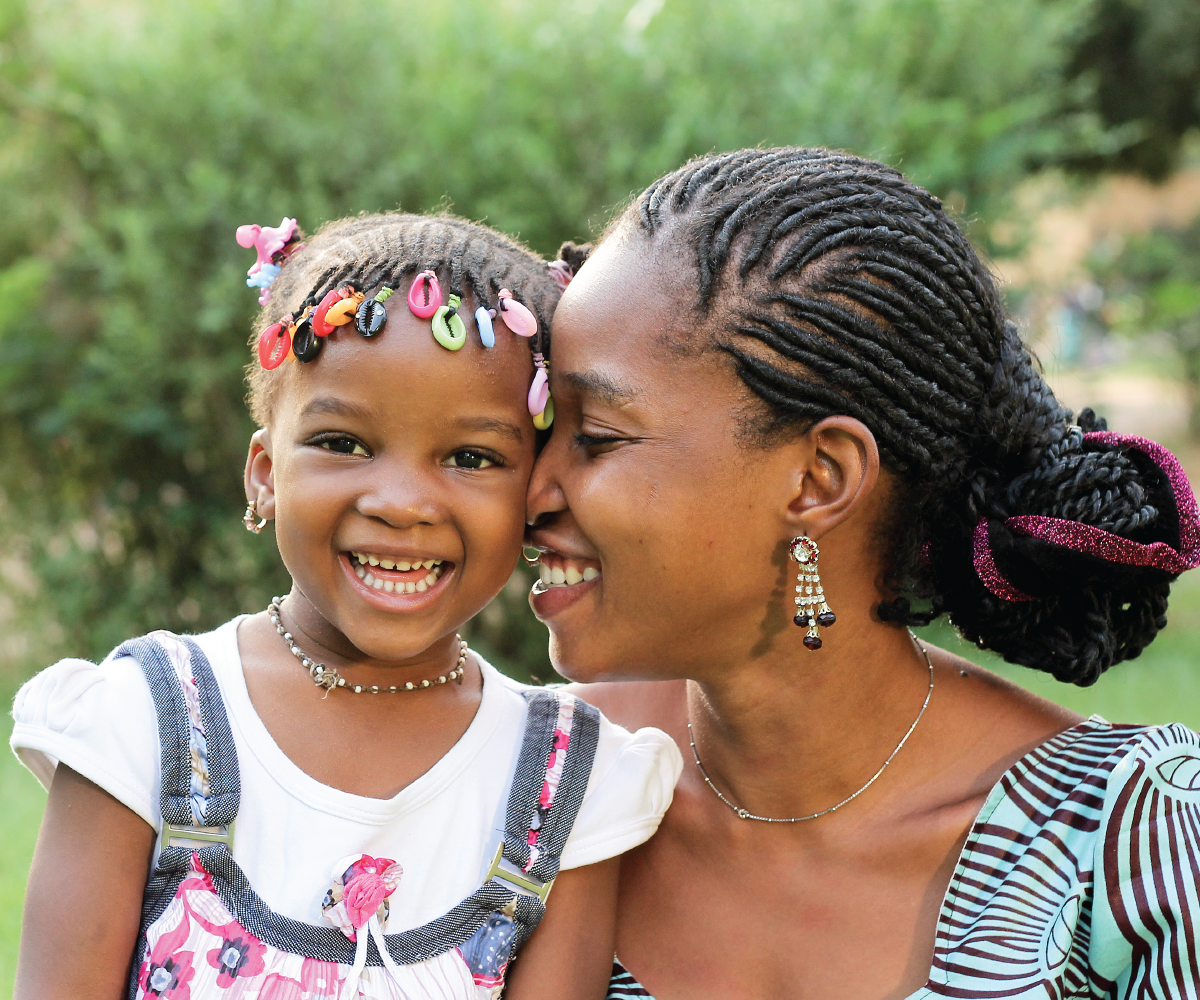
This International Women’s Day, we’re looking at the impact of unpaid care work on women and girls and the global economy—and how PRB and CREG are helping address this urgent issue.
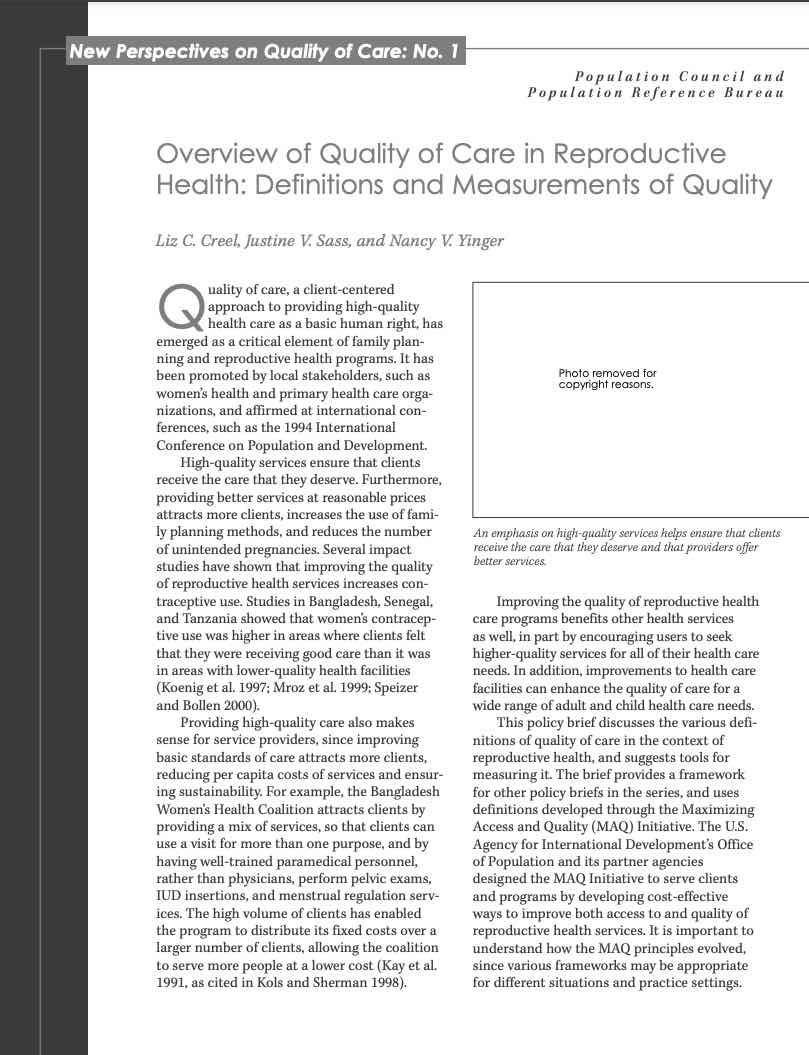
(2002) Quality of care, a client-centered approach to providing high-quality health care as a basic human right, has emerged as a critical element of family planning and reproductive health programs.
(2012) Remote rural communities in developing countries typically face the related challenges of extreme poverty, poor health, and environmental degradation. And population growth often exacerbates these challenges.
(2015) Summary: Maternal deaths can be prevented when women give birth in health facilities attended by skilled personnel. A study in seven West and Central African countries shows that poor women and women who live in impoverished rural or urban communities are less likely to deliver in a health facility than wealthy women and those who live in wealthy communities.
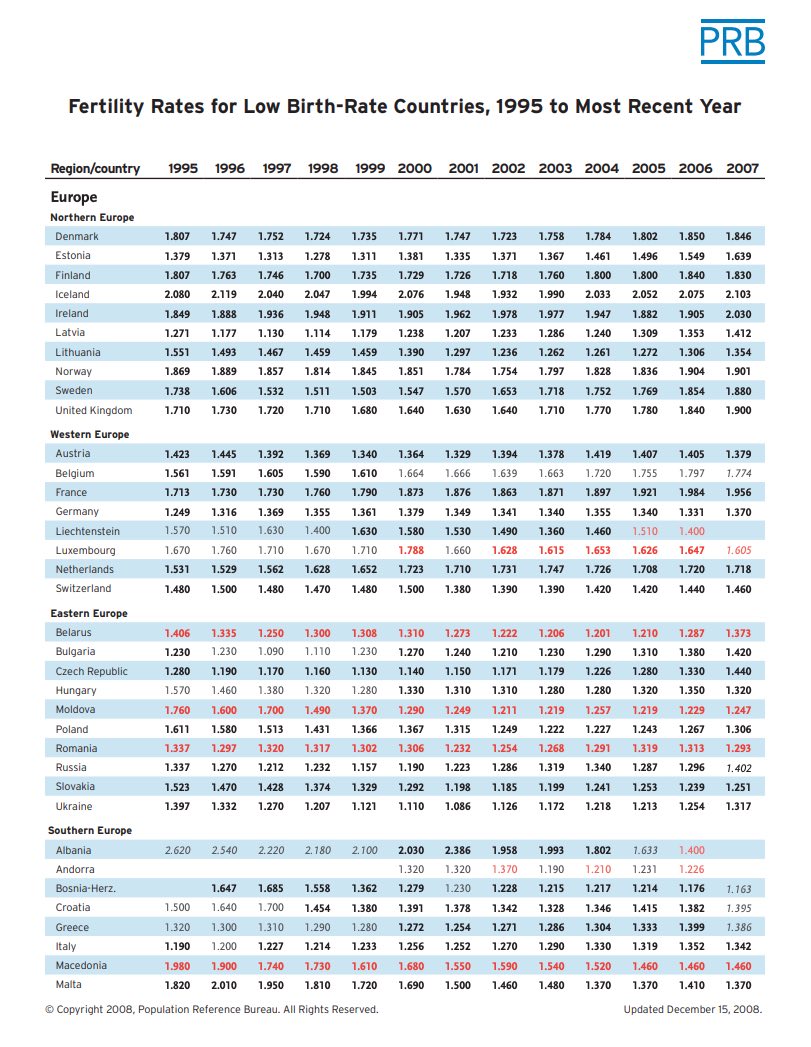
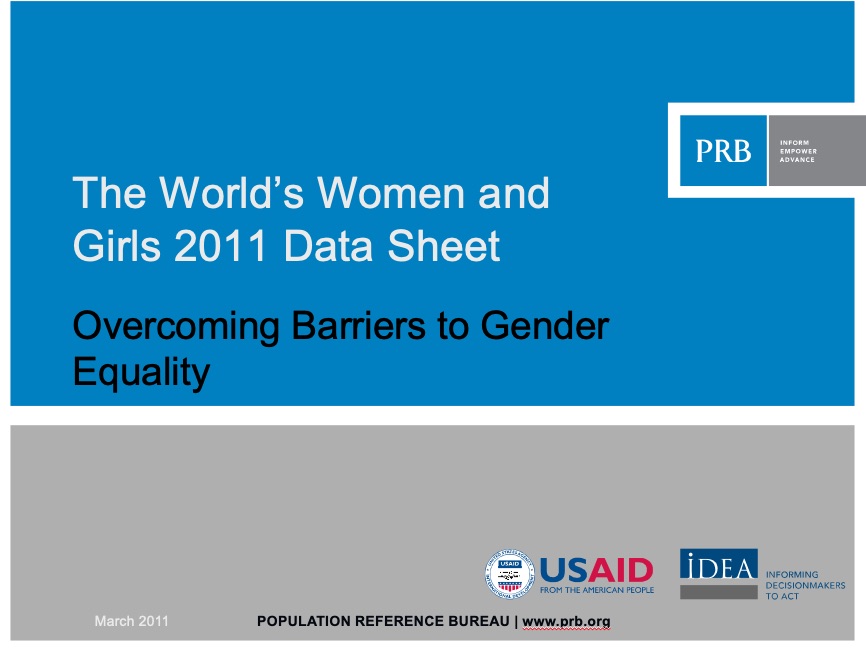
Project: IDEA: Informing Decisionmakers to Act
(2011) In which country do 72 percent of women marry before age 18? Worldwide, what percent of girls complete primary school? What is the average number of lifetime births per woman in Niger?
(2015) Summary: Low-quality antenatal care may be contributing to Ghana's high maternal mortality rates, according to a recent study.
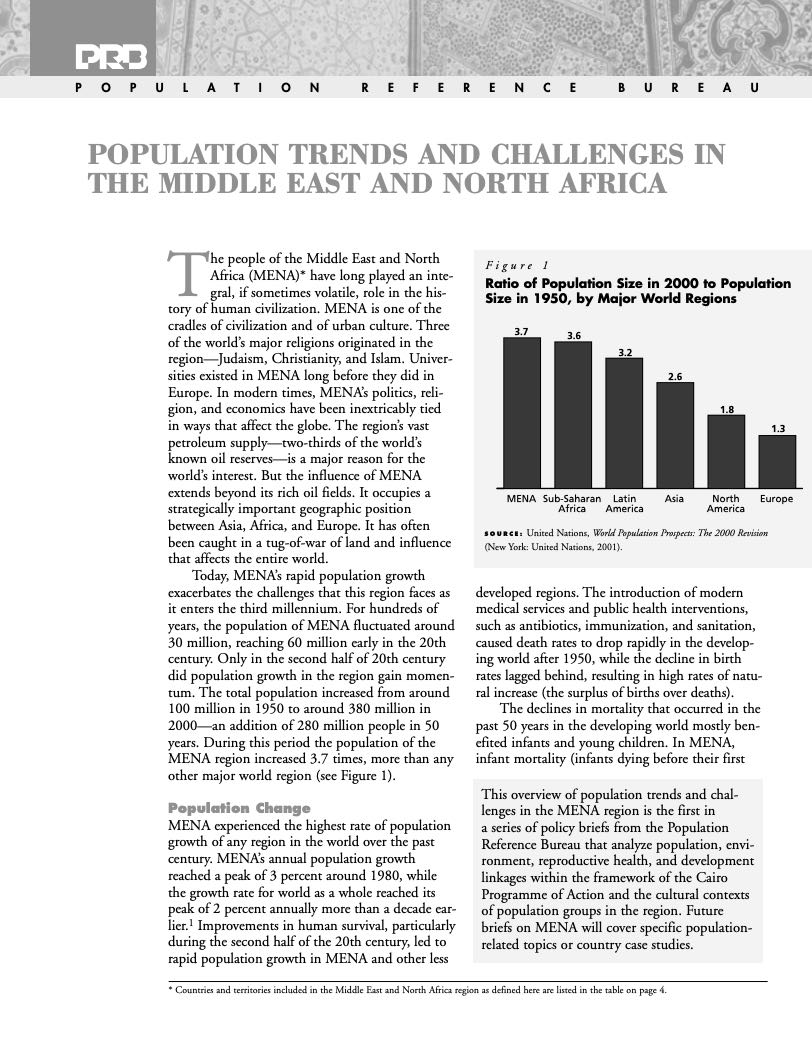
(2001) The people of the Middle East and North Africa (MENA) have long played an integral, if sometimes volatile, role in the history of human civilization. MENA is one of the cradles of civilization and of urban culture. Three of the world's major religions originated in the region — Judaism, Christianity, and Islam. Universities existed in MENA long before they did in Europe.

The conference offered researchers and practitioners a platform to discuss new work in 272 sessions and hundreds of poster presentations.